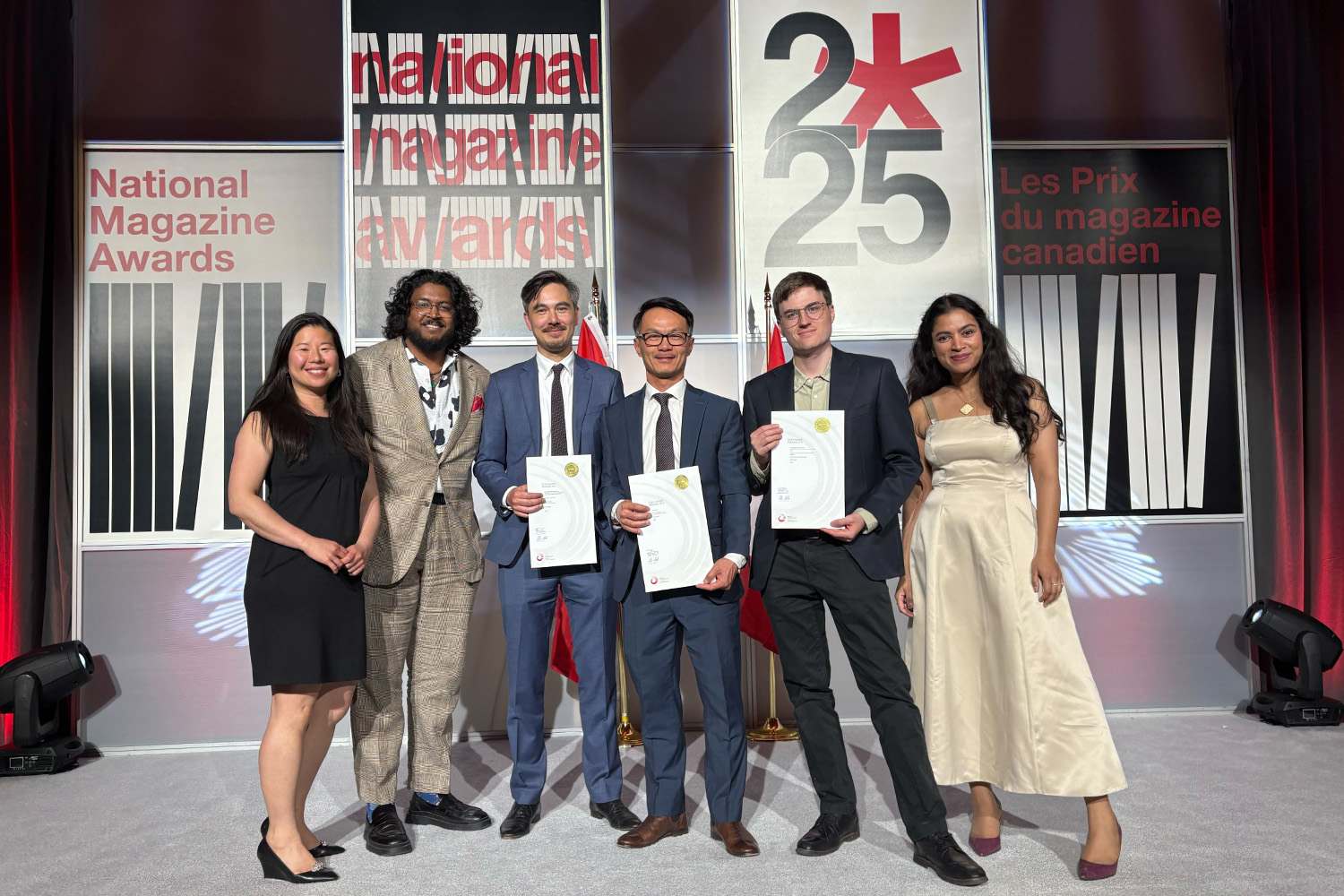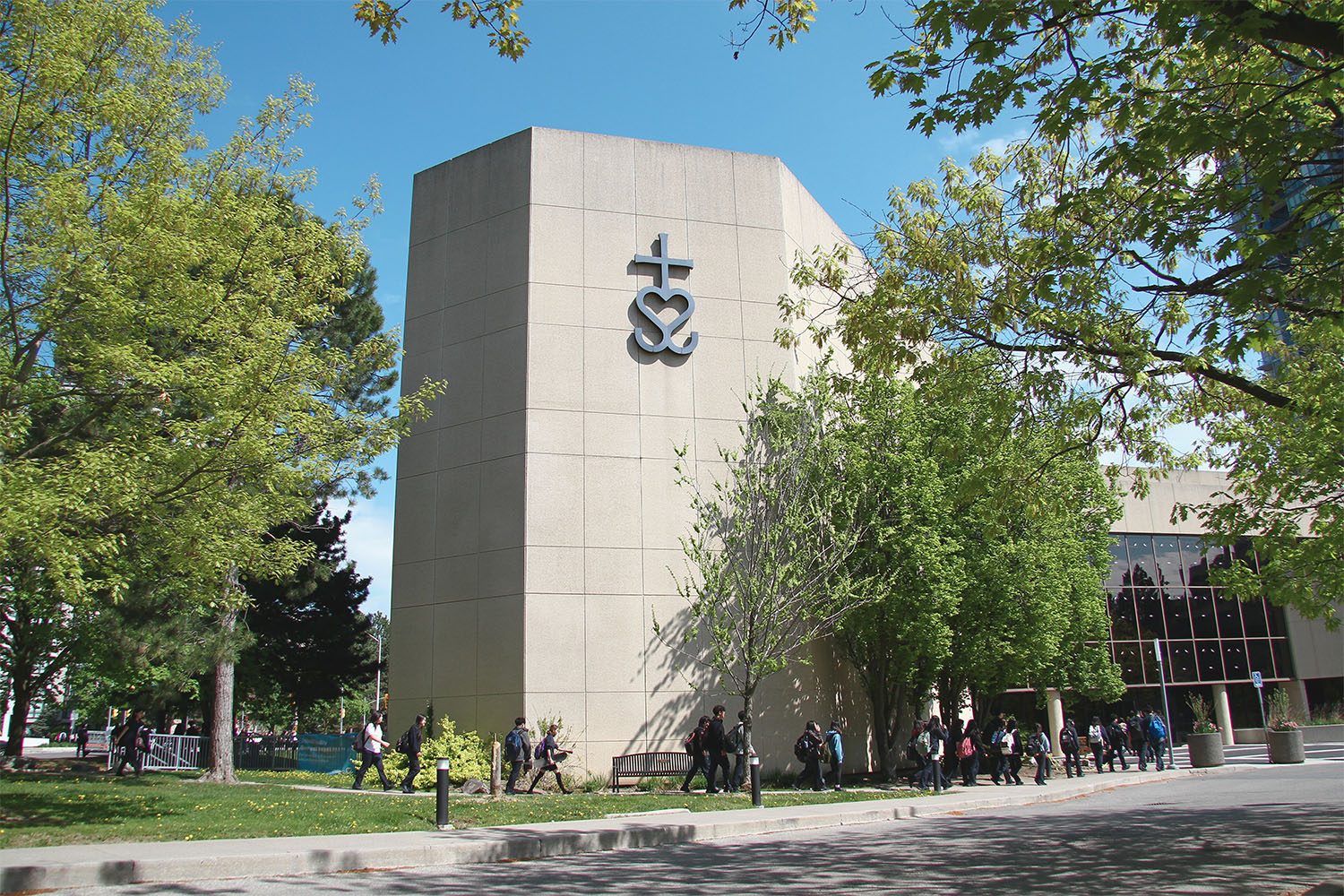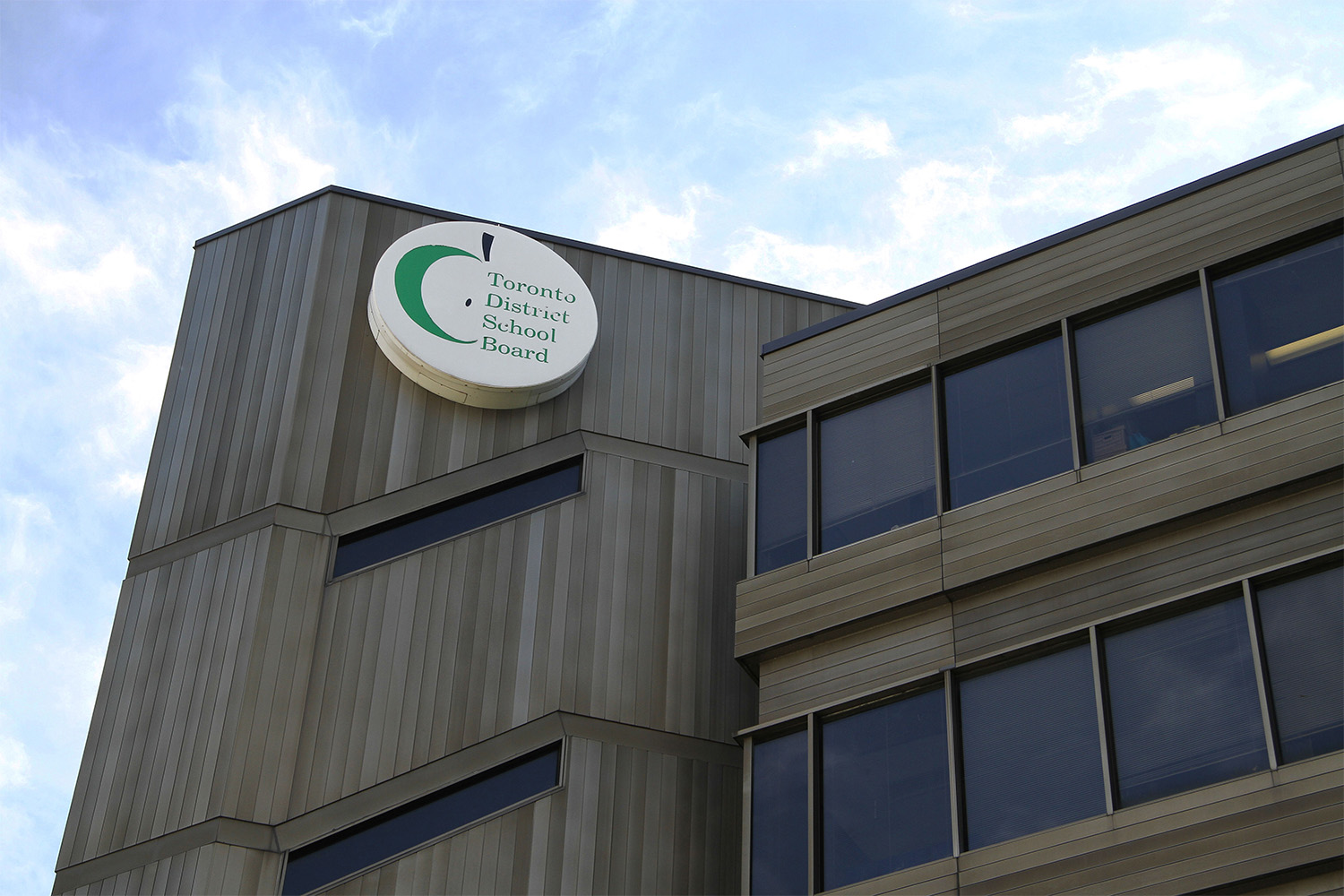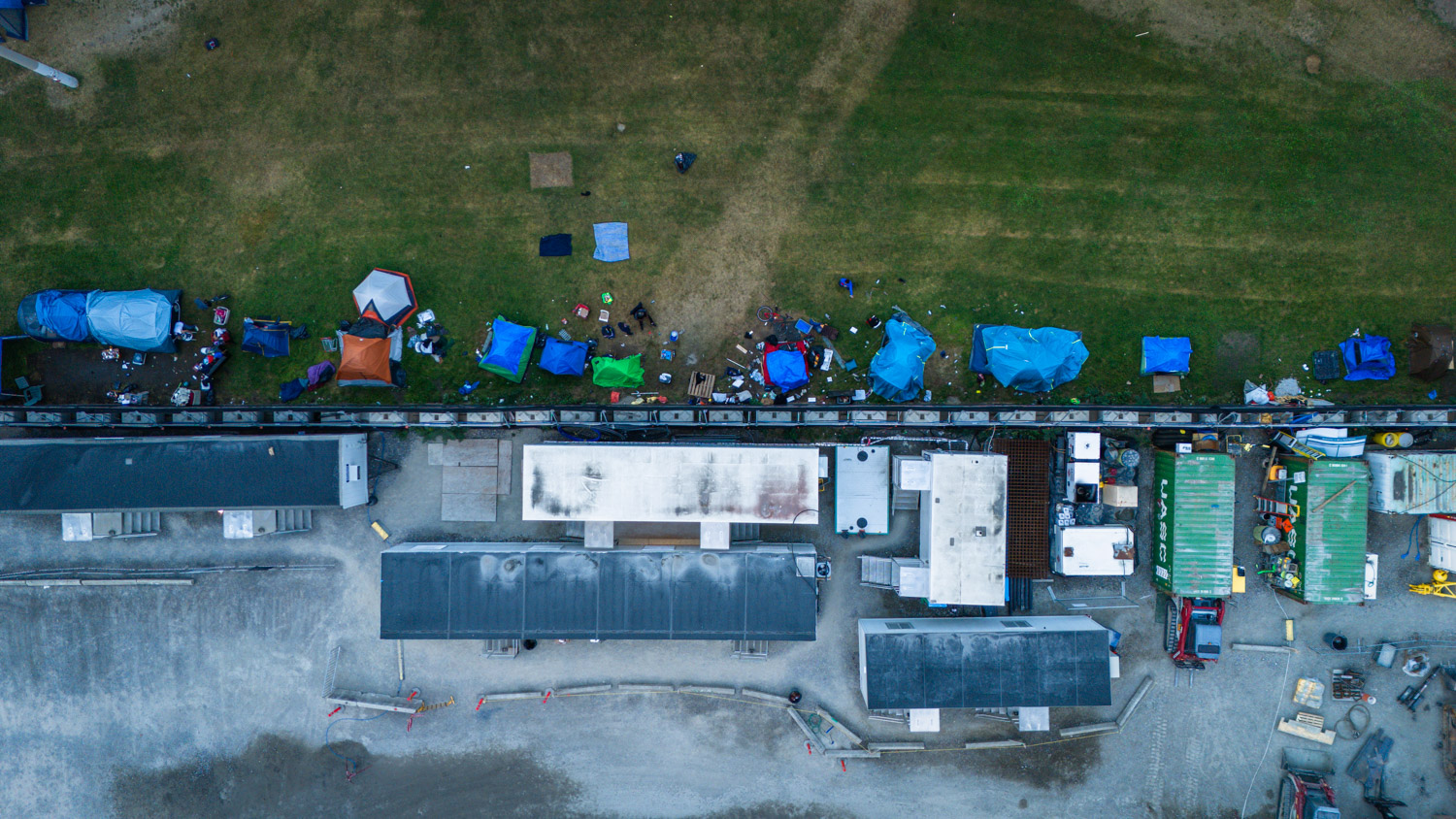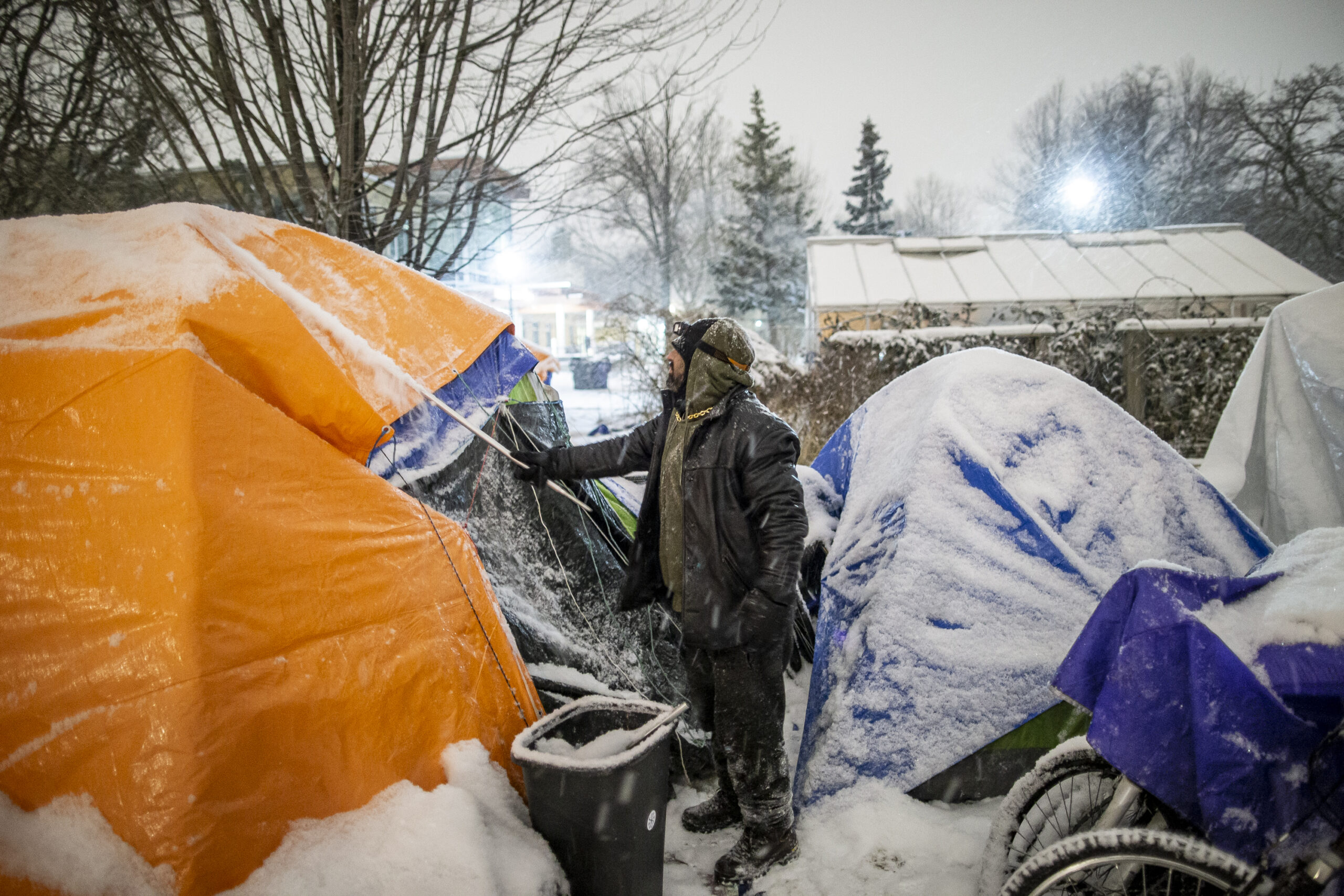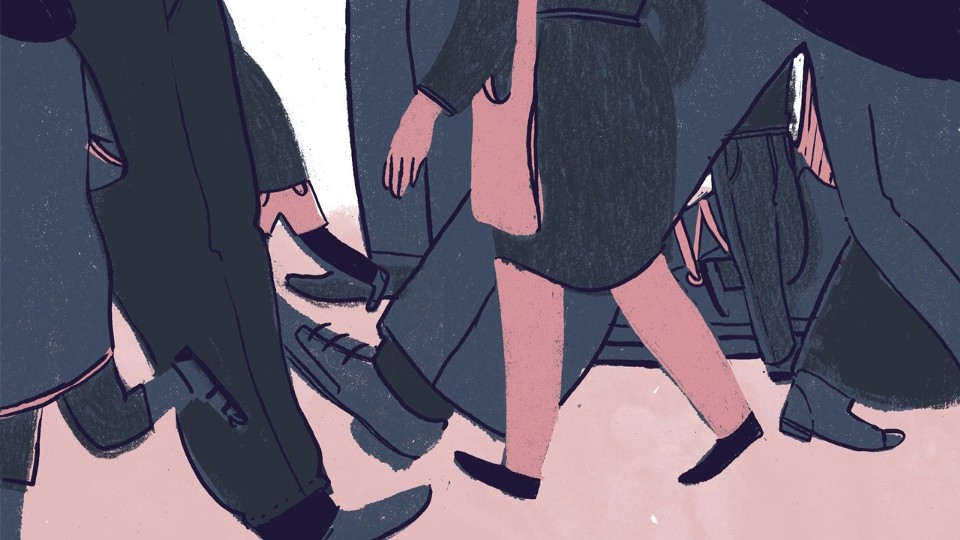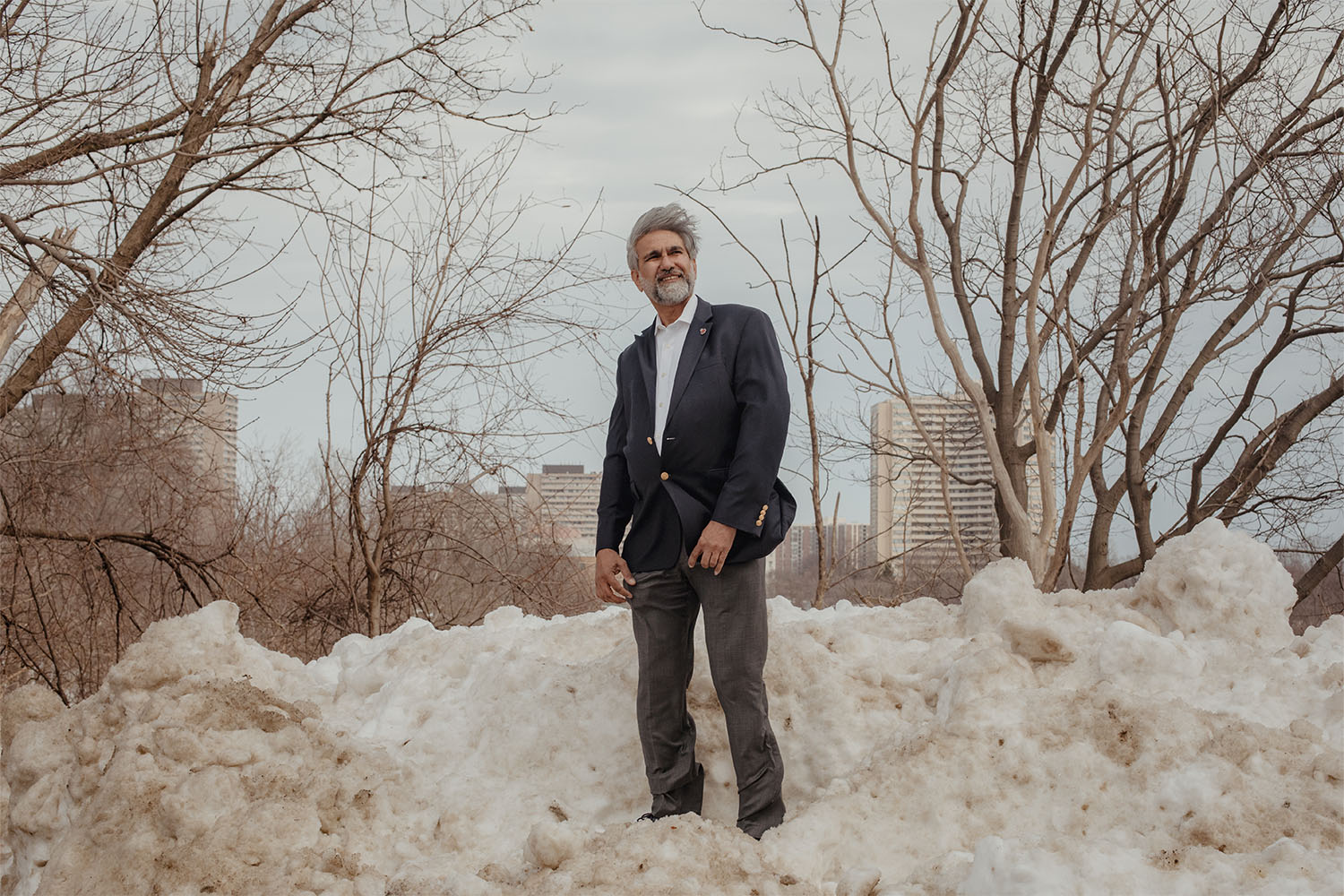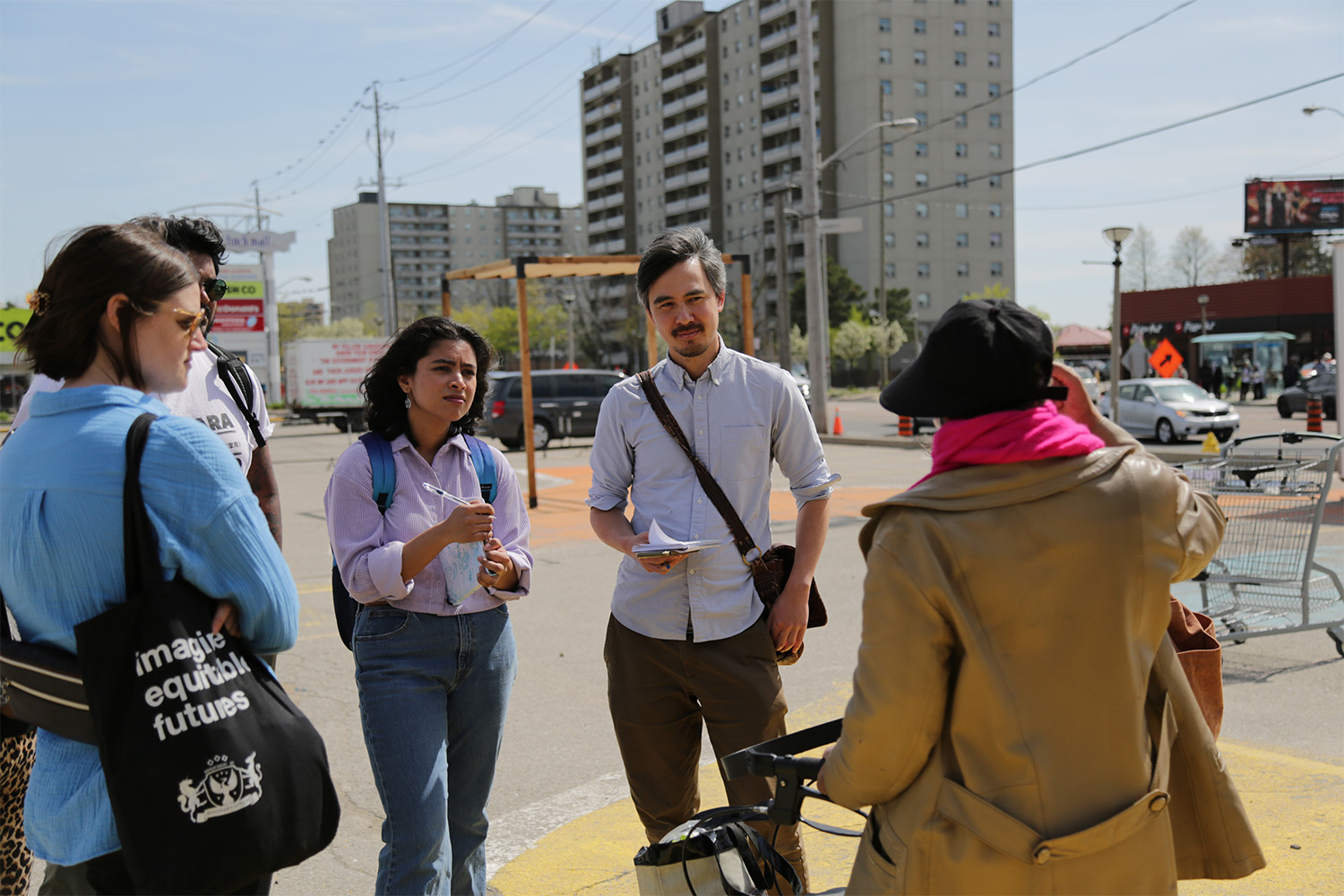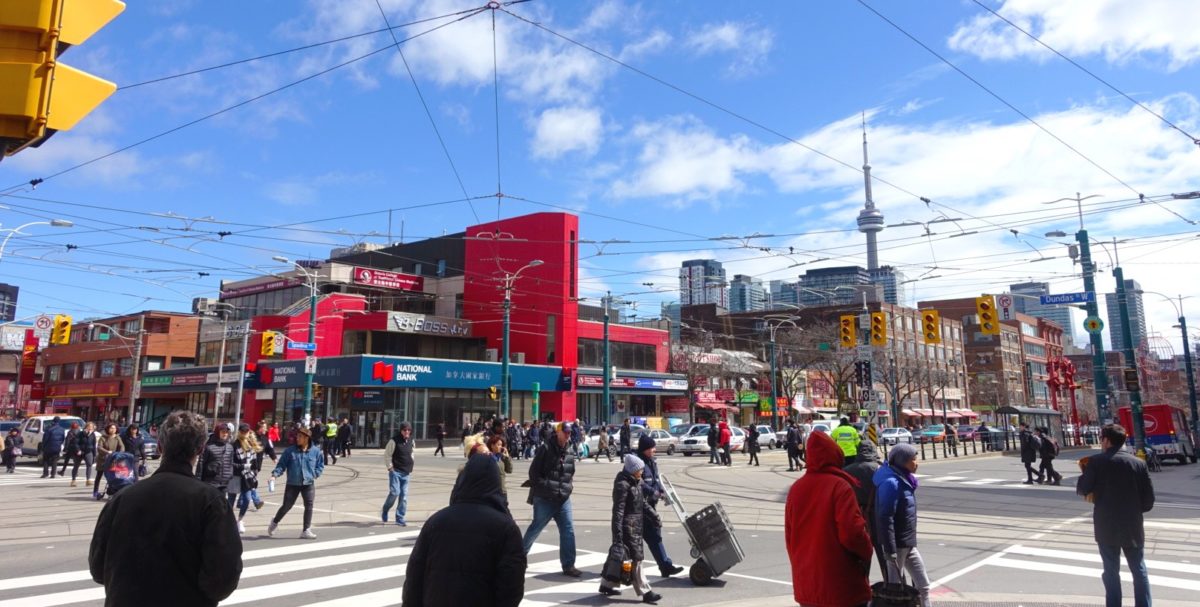
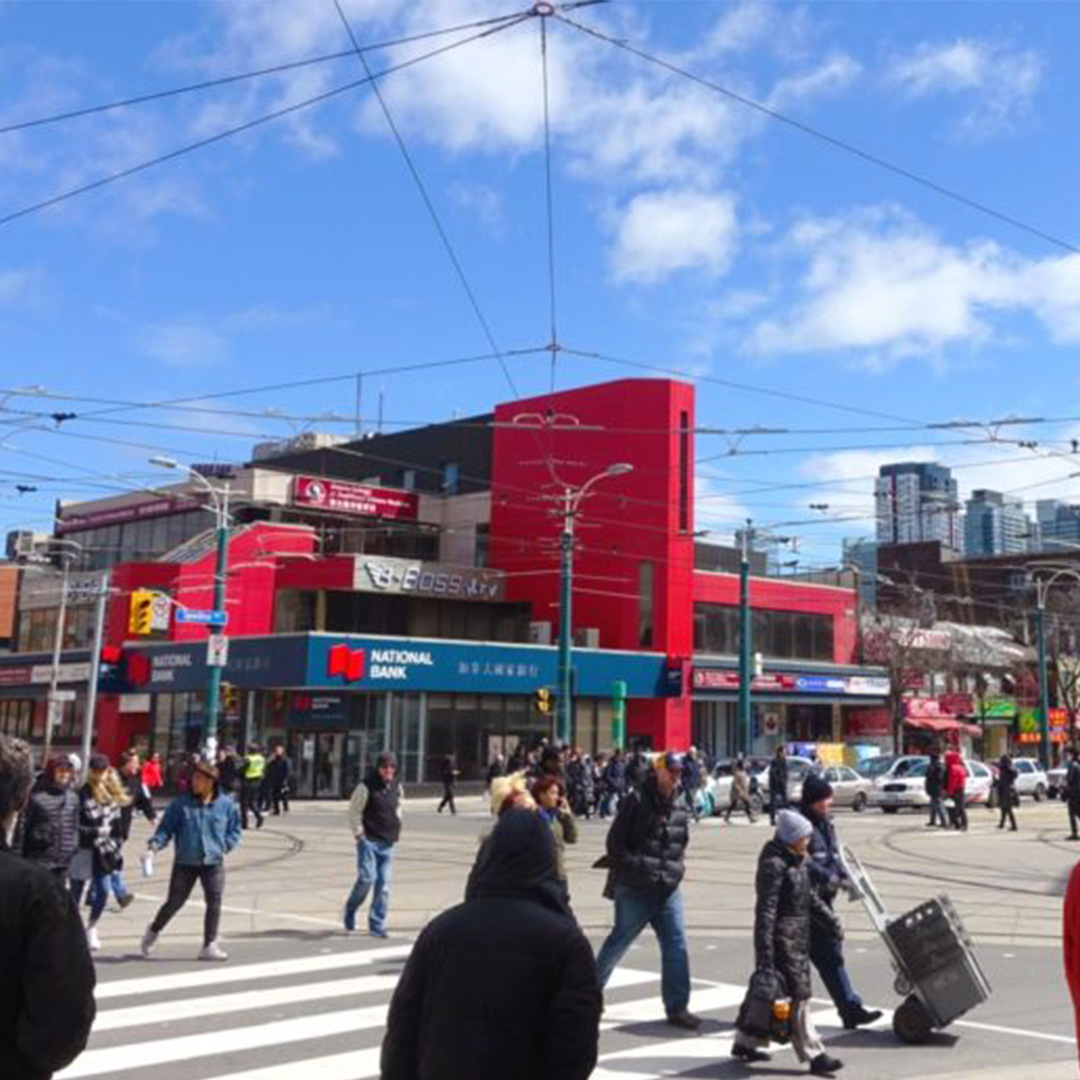
Kensington-Chinatown is one of Toronto’s most distinctive and vibrant neighbourhoods. Low-rise mixed-used buildings, small-scale storefronts, pulsating sidewalks, and colourful sights and sounds are all characteristics of this historic and quaint community.
According to the latest census, 18,500 people call this part of Toronto home, including 7,300 ethnic Chinese — by far, the largest of all the ethnic groups in the area. Kensington-Chinatown also happens to have the highest rate of low-urgency emergency department (ED) visits among all neighbourhoods in the Mid-West sub-region.
How might the Kensington-Chinatown’s demographics explain its pattern of healthcare utilization? We put this question out to the neighourhood’s healthcare stakeholder community: a cultural studies researcher, a trio of Chinese pharmacists, an ED physician, and an ethnic Chinese senior.
A Researcher’s Perspective: The Chinese Tradition
“There are a lot of differences in how mainland Chinese immigrants perceive the healthcare system and how they use it,” said Han, a PhD candidate in Communication and Culture at York University. Her research interest lies in elder care among Chinese immigrant families.
One of these differences is that the primary care system in mainland China is under-developed and generally percieved to be providing lower-quality care compared to the hospital system.
“If you’re sick, all you need to do is go to the hospital, and you’ll see a specialist normally on the same day,” Han explained. “A lot of people are not aware that there is another layer of primary care here, and that they need to go to the family doctors first. That’s why they will go to the ED when they are sick, even for minor conditions.”
Further complicating the matter is that people born in China are used to being proactive about their health. In the “philosophy of Chinese medicine”, she said, one should not wait until diagnosed with a disease before seeking treatment.
“For a lot of people, when they start to have early symptoms, they would just go to the hospital for a checkup.”
A Pharmacist’s Perspective: The Shortage of Chinese Family Doctors
Even among ethnic Chinese who’ve bought into the concept of primary care, finding a family physician who speaks their language or understands their culture is a challenge, even in Kensington-Chinatown. According to Stephen, Xiao and Johnny, three community pharmacists working in the area, the shortage of Chinese-speaking family doctors help to explain the high rate of low-urgency ED visits.
“We are really short of Chinese family doctors in this area now. Every day I get about 3 new people coming in asking, ‘Can you find me a doctor?’” said Stephen.
As a result, pharmacists in this neighbourhood have become the go-to care providers for Chinese seniors to obtain health-related information.
“Most of the family doctors in this area are going to retire or have already retired,” said Xiao.
“There used to be 20 family doctors in this community,” recalled Johnny, proudly rhyming off the names of these doctors. “But at least 50% of them are gone now.”
What tends to happen is that retiring doctors will transfer their patients to those who are still practising. As a result, practising doctors in this neighbourhood are experiencing exponential growths in their rosters. In fact, majority of them have already stopped accepting new patients because they simply cannot manage the workload. The combination of aging doctors retiring and existing doctors with exceedingly large rosters might explain why, at 25.3%, Kensington-Chinatown has one of the highest rates of low primary care continuity in the LHIN.
So what do these patients do when they get sick? “They end up going to the ED,” said Stephen. “Even when they just have a fever or a headache.”
The proximity of this community to several downtown hospitals also creates a convenience factor. “This population is so close to the hospital: Toronto Western, Toronto General, Mount Sinai,” said Johnny.
“Soon they will all just go directly to the hospital; how much is this going to cost the government?” he wondered.

The logical solution to these challenges is to recruit new doctors to the area, particularly those who speak Cantonese and/or Mandarin, and understand the beliefs and values of the Chinese patient population. However, as the pharmacists point out, this solution has its own set of challenges.
“The newly graduated [Chinese family doctors] don’t want to practise in Chinatown because they think it’s hard to deal with seniors with complicated conditions,” Xiao shared.
They explained that for reasons such as wanting to “have an easy life”, “work in a fancy clinic” or “go to where the money is at”, they choose to head north to Markham or Richmond Hill instead.
A Patient’s Perspective: The Health Literacy Gap
Mr. Xu is a committee member of the Ontario Chinese Seniors Association, an organization with 6 locations across the province that aims to support Chinese seniors and improve their quality of life by providing social activities and community services. As the former president of the Toronto Chinatown branch, which currently has 268 members, Mr. Xu is still actively involved in organizing group activities for the fellow elderly residents. He always gets to meet and chat with his peers, and among the many things they talk about is their healthcare experience and opinion. Through these discussions, Mr. Xu has become increasingly aware of the challenges that Chinese seniors face as they try to access care in this neighbourhood.
“The biggest one has to be language barrier,” he said.
He explained that a lot of members are early immigrants from China who are not highly educated and do not speak English. Without the language skills, most face difficulty explaining their health conditions to non-Chinese-speaking doctors. This is the reason why Chinese-speaking seniors who live outside of the neighbourhood are willing to make extra effort to travel to Chinatown clinics to see a Chinese family doctor.
Mr. Xu also shared with us his personal challenges with trying to understand and navigate the Canadian healthcare system when he first settled in Toronto, and he said many of his peers resonate with his experience.
“I was confused. Getting health services is so different from how it was like back home (China),” he said.
Reiterating what we heard previously, Mr. Xu indicated that people don’t access primary care in mainland China; most people will just head straight to the hospital if they feel sick. Compounding the issue of cultural misfit in health practices was the language barrier he was struggling with.
“I remember I had difficulty in finding Chinese information about available health services,” he said. He added that this health literacy gap, and thus poor awareness of primary care and other community resources, might be the reason why some Chinese seniors are frequently using the ED for low-urgency matters.
“Maybe they don’t know where to go,” Mr. Xu said.
An ED Doctor’s Perspective: The Appeal of Community Hospitals
According to the Toronto central LHIN, University Health Network hospitals have the highest number of ED visits by residents of Kensington-Chinatown, accounting for 22% of total visits from 2015 to 2016. The Toronto Western Hospital site, by reason of proximity alone, sees a lot of these visits.

Dr. Sam Sabbah, Assistant Medical Director of ED at the University Health Network, explained that although Toronto Western is a teaching hospital with a big focus on academic research, it’s still very much like a community hospital for the local residents, due to its unique location within Kensington-Chinatown. He indicated that there are generally more low-urgency ED visits at the Toronto Western than say, at the Toronto General Hospital.
In terms of why there is particularly high use of services among Chinese seniors, Sabbah suspects that this population may see the ED as a “one-stop shop”, with 24/7 access to physician and nursing staff. As busy and chaotic as it is, the ED still appears to be a “very appealing” place to many for obtaining multiple health services all at once.
“They’ll come and get blood test, urine test, X-rays, CTs, potentially MRIs. If they need to, they’ll see a specialist, all within the course of 12–24 hours,” he said.
Sabbah admitted that this may be a lot faster and easier than having to make several different stops around the neighbourhood. It is especially convenient for seniors who have mobility issues, or those who need to depend on others to assist them with traveling.
Many of these patients, he said, are self-employed or shop owners who do not want to take time off and risk losing business during the day to go see their family doctors. Also, some do not speak English and rely on family members, usually their children, to translate. Thus, they prefer waiting until their children are back from work to accompany them to seek care. What happens then is that these patients will go to the ED after hours or during the weekend for services that should normally be accessed elsewhere through primary care resources.
Finally, Sabbah indicated that there is a belief among many immigrant groups, Chinese included, that specialists “know best”, while family doctors are less capable of responding to their needs. Sabbah knows this to be true because when he asks his patients whether they saw a primary care doctor prior to visiting the ED, he would often get answers such as “no, he’s not a specialist,” or “this problem is too complicated for a general practitioner.”
This perception of primary care, not surprisingly, is widely-held by those in mainland China, as studies have shown. Unfortunately, it’s not a perception that’s easy to shake, particularly for seniors who have spent a large part of their life in that system. Any meaningful solution to the low-urgency ED issue in Kensington-Chinatown must be designed in light of, rather than in spite of, these realities.
***
More About Kensington-Chinatown
Below are some striking statistics about Kensington-Chinatown, relative to the 72 neighbourhoods in the Toronto Central LHIN. More stats like these can be found at the Toronto Central LHIN website.
People with no knowledge of English/French: 17% (rank 72 of 72)
People living below low income measure: 39.3% (rank 71 of 72)
Lone parent families: 47.1% (rank 71 of 72)
Low primary care continuity: 25.3% (rank 68 of 72)
Low-urgency ED visits per 1,000: 114.5 (rank: 58 of 72)

